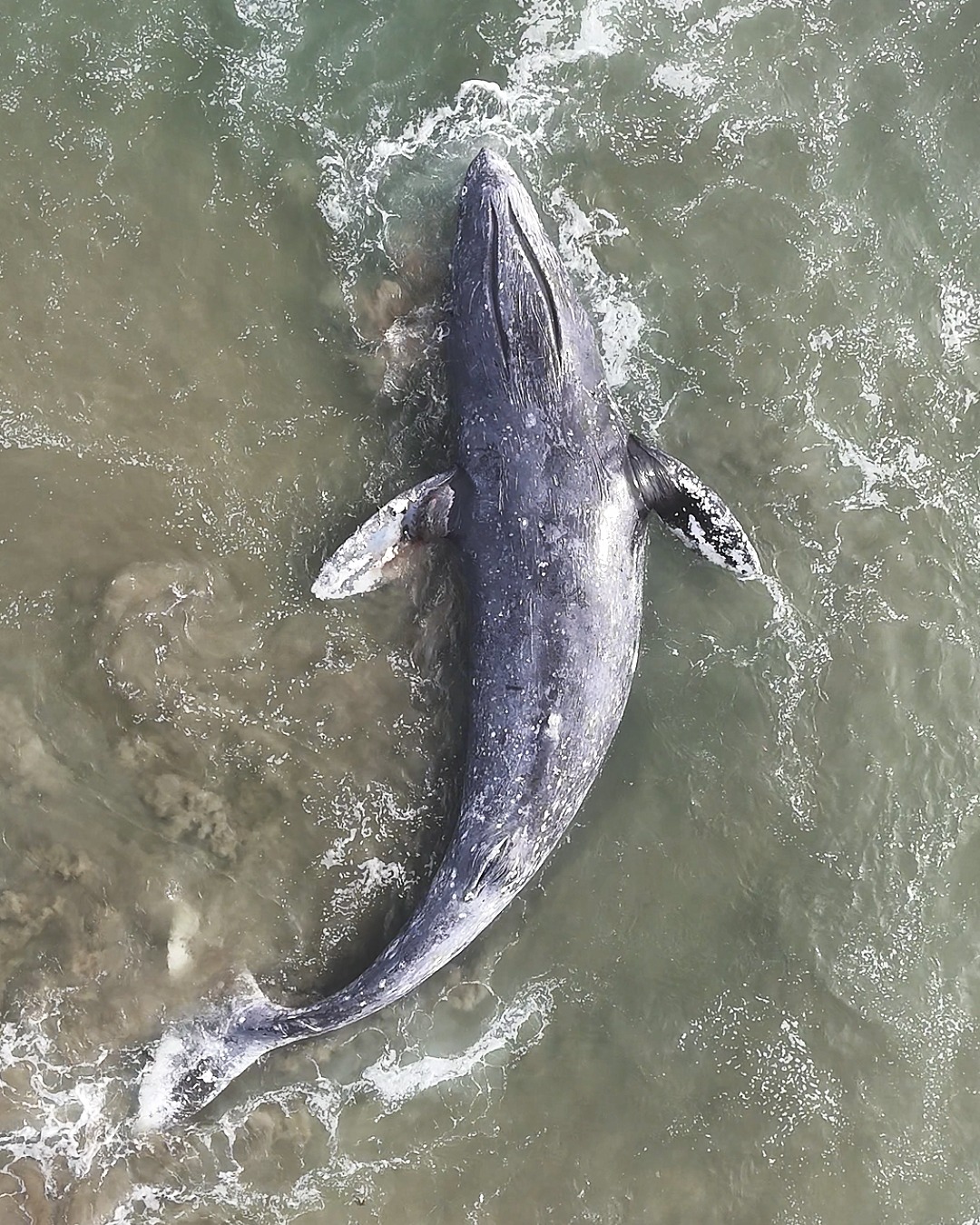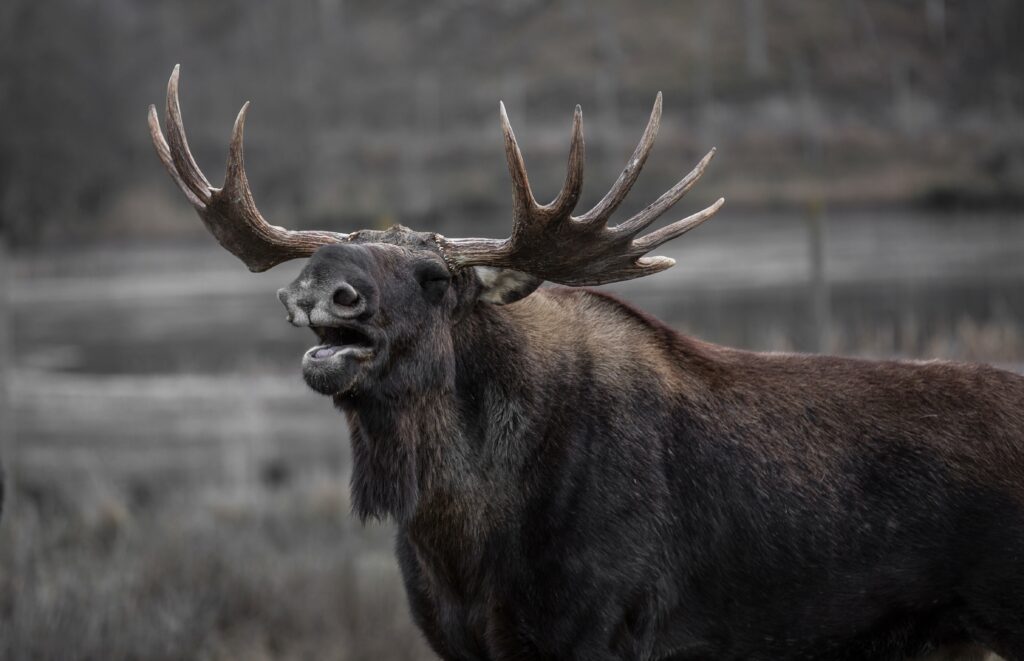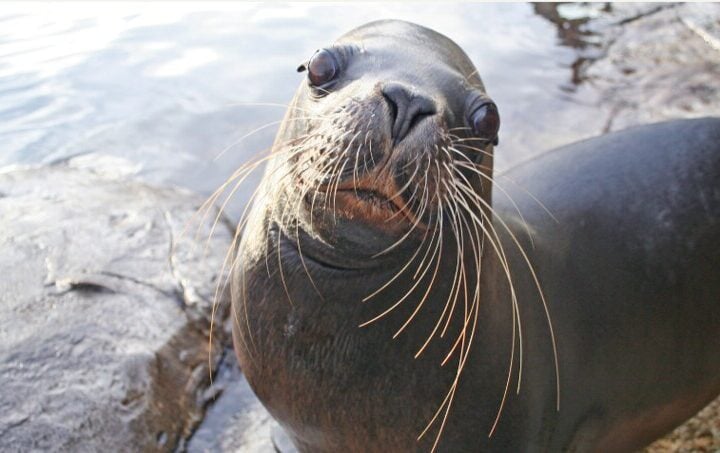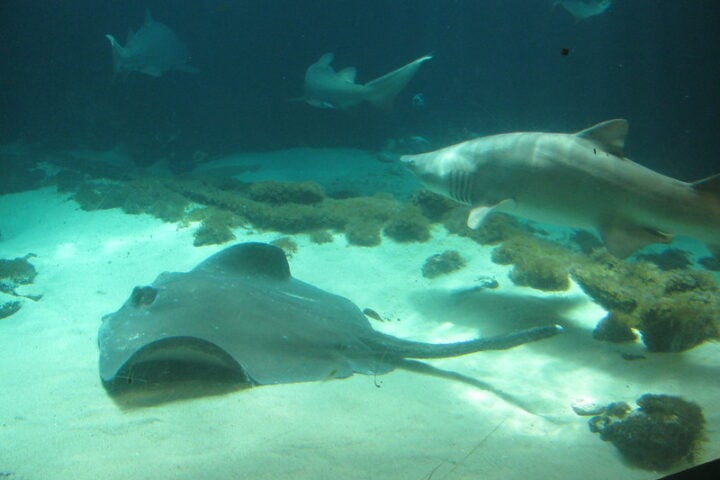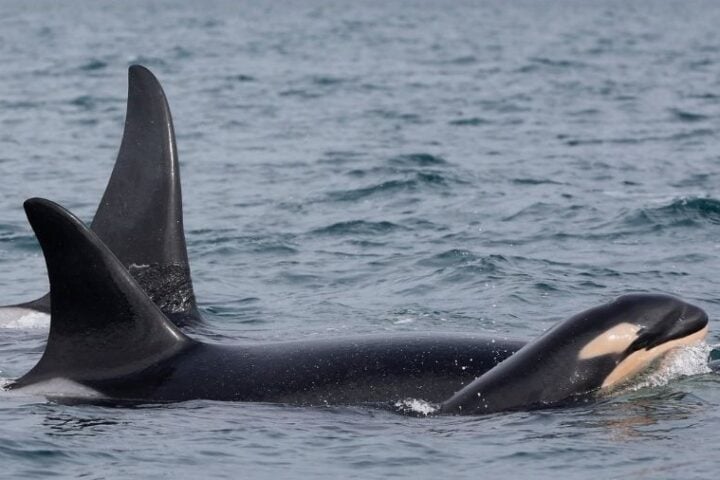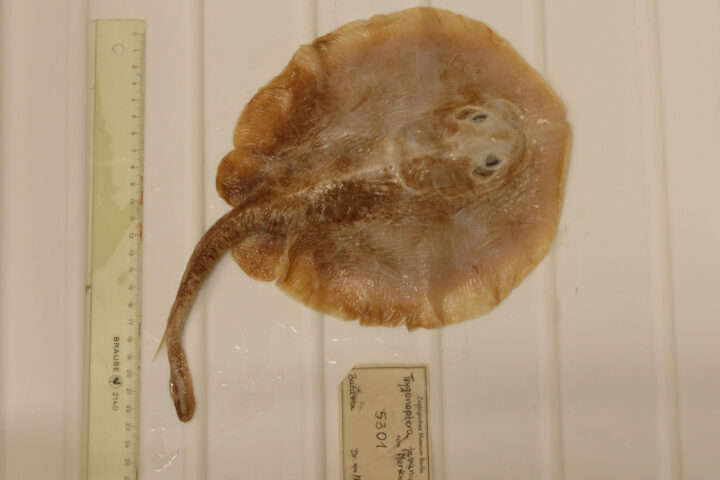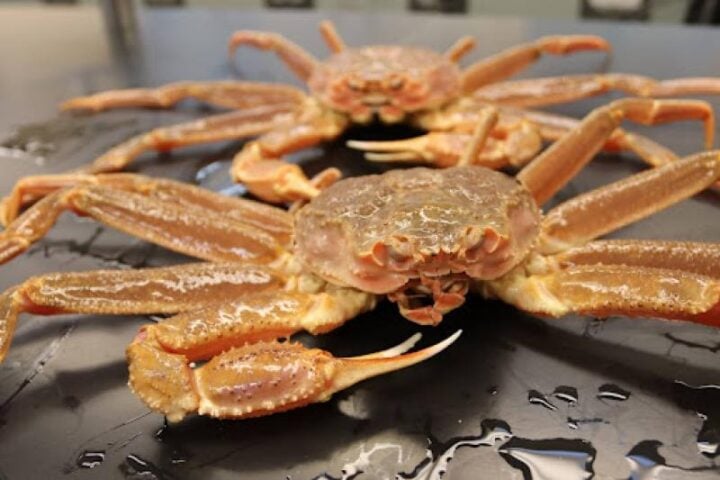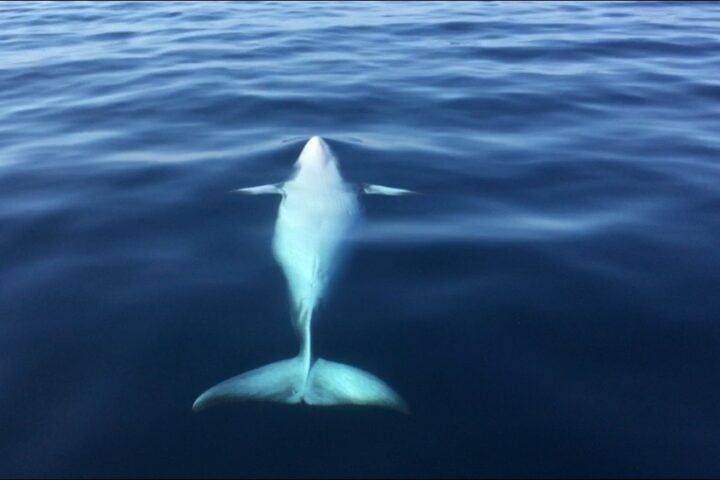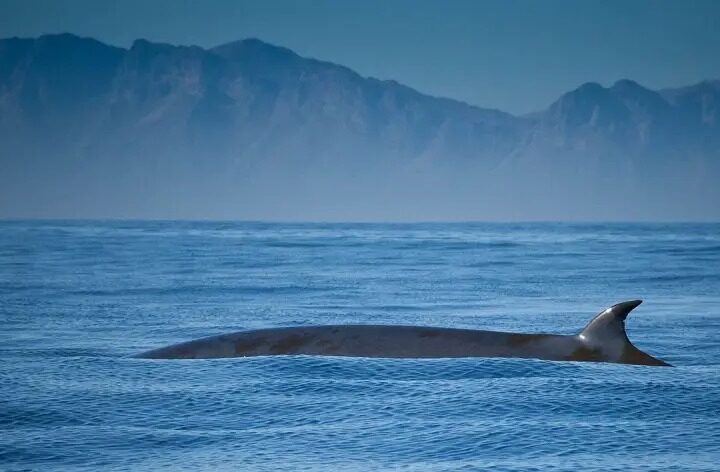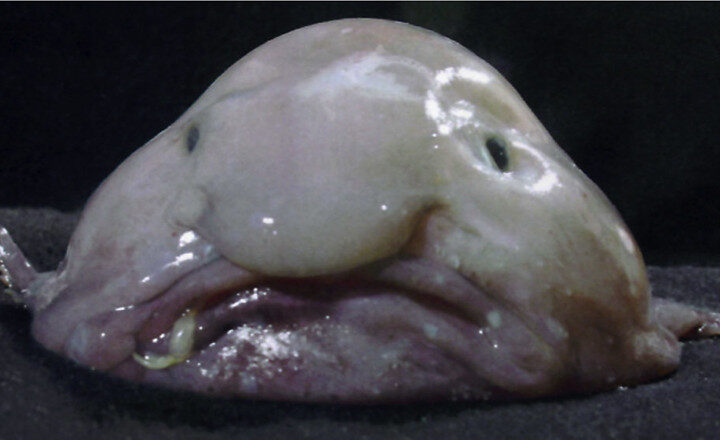Something concerning is happening to the gray whales that make their yearly journey along California’s coast. After showing some recovery from a 2018-2023 “unusual mortality event” (UME), these marine giants are dying in alarming numbers once again.
As of April 2025, at least 94 gray whales have died since the beginning of the year in Mexico, according to Regina Lobo Barrera, a researcher with Gray Whale Research in Mexico. These strandings have been documented primarily along Baja California’s Pacific coast and the Gulf of California.
The deaths aren’t limited to Mexican waters. Recent reports confirm three gray whale deaths in San Francisco Bay, and on April 11, a 45-foot adult female gray whale washed ashore at Huntington Beach City Beach in Orange County.
“We’re talking about a relatively small number of whales in California. I wouldn’t call that a big spike in mortality,” marine biologist Alisa Schulman-Janiger told reporters. “However, the 80 in Mexico is a lot. It’s more than they had last year and we still have months to go.”
Migration Under Stress
Eastern North Pacific gray whales (Eschrichtius robustus) undertake one of the longest mammal migrations on Earth—approximately 12,000 miles round trip between Arctic feeding grounds and Mexican breeding waters. These coastal travelers move south from November to mid-February before beginning their northbound journey, which continues through May.
This migration pattern makes them visible to researchers, who have noticed worrying trends beyond the increased deaths.
“This year we have our lowest southbound migration in 41 years. We have the fewest number of calves ever seen,” said Schulman-Janiger, who has led the American Cetacean Society’s Los Angeles chapter gray whale census at Rancho Palos Verdes since 1979.
The numbers tell a concerning story. In San Ignacio Lagoon, a key sanctuary where most wintering whales gather, only eight mother-calf pairs were observed this season the lowest count ever recorded since systematic surveys began, according to Lobo Barrera.
This follows the previous season’s record low of just 22 total mother-calf pairs throughout winter 2024, with a peak single-day count of only 15 pairs on March 14, 2024.
Investigating Causes
The Pacific Marine Mammal Center (PMMC) and the Ocean Animal Response & Research Alliance (OARRA) performed a necropsy—an animal autopsy—on the Huntington Beach whale the morning after it washed ashore.
Glenn Gray, chief executive of the Laguna Beach-based PMMC, noted the whale showed no signs of physical injury typically seen with boat strikes, shark bites, or fishing gear entanglement. Samples have been sent to labs for testing, with results expected to take several weeks.
Similar posts
“While there is a current domoic acid (DA) bloom in Southern California, gray whales typically do not feed along their migration and usually do not eat filter-feeding bait fish, such as sardines and anchovies, that consume the phytoplankton that produces the domoic acid neurotoxin,” the PMMC stated.
Instead, researchers note that gray whales feed on gammarid amphipods in their northern feeding grounds, suggesting the cause of death may be unrelated to the current domoic acid bloom.
Signs of Malnutrition
One concerning pattern has emerged: many of the deceased whales appear malnourished.
“When we see what we see right now with our gray whale census, many skinny whales, even though the UME has been declared closed, that’s raising alarm bells,” Schulman-Janiger explained.
Some researchers believe food scarcity might be the underlying problem, potentially linked to changes in the Arctic feeding grounds where gray whales build up fat reserves for their long migration.
Historical Context and Conservation Status
This current situation follows a previously declared unusual mortality event that officially ran from December 2018 through November 2023. During that period, 690 gray whale strandings were documented across Mexico, the United States, and Canada.
The population experienced a significant decline during this event, dropping from an estimated peak of nearly 27,000 whales in 2016 to approximately 14,500 by 2023.
Gray whales are protected under the Marine Mammal Protection Act of 1972. After recovering from near-extinction due to commercial whaling, they were removed from the Endangered Species Act list in 1994. The current mortality spike raises new concerns about their long-term recovery.
Environmental Indicators
Schulman-Janiger emphasized that gray whales serve as indicators of broader ocean health issues.
“That gives us a warning sign that, there’s not just something wrong with gray whales, but something is very different about that ecosystem,” she said. “It could be a massive change, it could be temporary, or it could be something that could really linger and affect fisheries and all kinds of things.”
The situation is continuing to develop, with scientists monitoring strandings closely and conducting detailed analyses of samples collected during necropsies.
“We need to watch what’s going to happen in the next couple of months to kind of get an idea of what the bigger story is,” Schulman-Janiger concluded.
As researchers work to understand this mortality event, the plight of these gray whales remains a pressing environmental concern along the Pacific coast.
